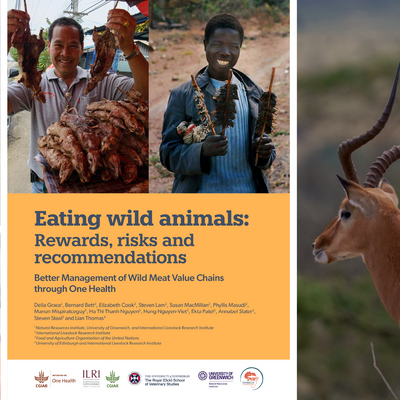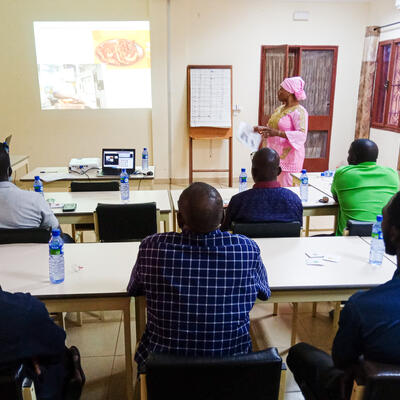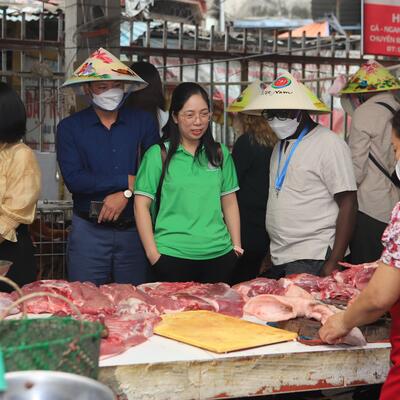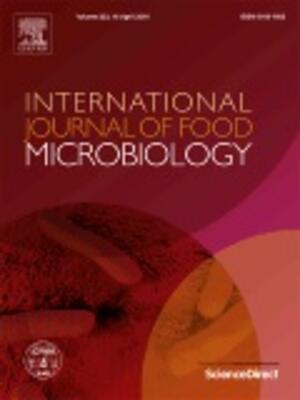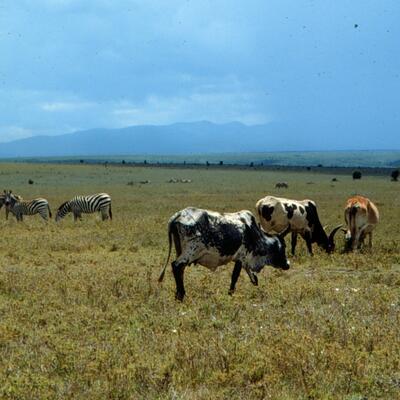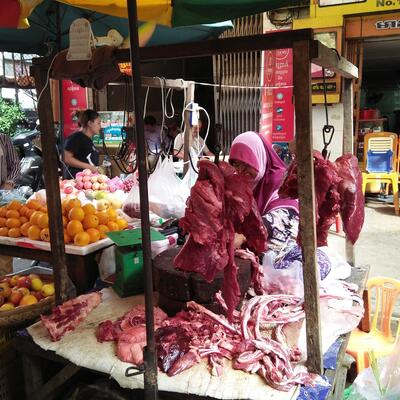
Live cattle value chain diagnostic study
This study is part of a broad work program requested by the Ethiopian government to provide strategic input and technical assistance in several key areas of the country’s agricultural sector. The objective of the study is to characterize live cattle value chains in Ethiopia in order to gather data on market actors, costs and current output markets, and identify constraints and potential development interventions.
ACTIVITIES
- Conducting an in-depth review of what is known about the live cattle value chain including gathering data and available information on current output markets (e.g. production, consumption, prices, imports and exports), constraints along the value chain and potential solutions.
- Conducting an on-the-ground review of Ethiopia’s output markets using interviews and focus groups at national, regional, woredaand kebele levels.
- Setting up and conducting field trips to collect primary data, review evidence on constraints and potential solutions; basic information collected from activities (1) and (2) will include:
(a) Production, productivity, consumption, prices, farmer income data
(b) Actors and costs (e.g. storage, handling, transportation, quality control) along the value chain
(c) Constraints along the value chain (e.g. level of aggregation & aggregation structures, management structures and effectiveness of aggregation structures, market information systems, post-harvest management capability and capacity)
(d) Good and poor practices that can be scaled or eliminated - Conducting stakeholder consultation and key informant interviews in Addis Ababa with a wide range of marketing staff, donors, NGOs, private sector, academics and others interested in markets.
- Preparing a daft report that draws together information from (1) to (4), including:
(a) Background data for Ethiopia (e.g. production, consumption, volatility
(b) Data and analysis showing the key strengths and constraints along the value chain
(c) Clear, actionable recommendations on how markets for the value chain can be strengthened, including rationale for these recommendations
(d) Investment (e.g. financial, capability building) required to action recommendations and their potential impact (e.g. potential increase in farmer income) - Conduct a final meeting with key stakeholders to discuss the draft report findings.
- Preparing a final report that includes feedback from various stakeholders.





